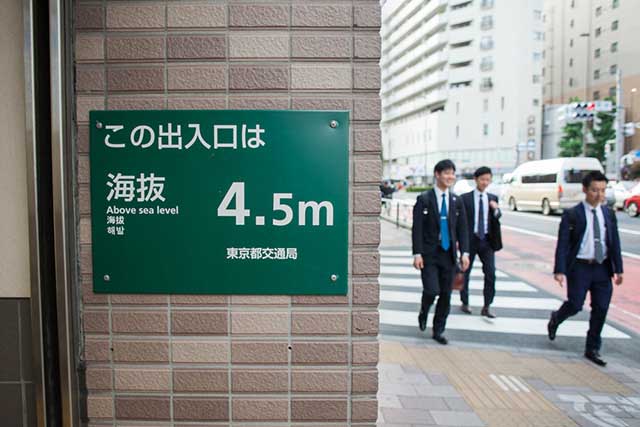
-
Some scientists believe that Japan should expect another devastating earthquake in the next 30 years or so, while others say that really there’s no reliable way to predict earthquakes. Regardless, Japan is situated in one of the most earthquake-prone areas in the world and minor earthquakes occur nearly every week. Most of them are quite small and rarely do they cause any serious damage. If you do happen to be in Japan during an earthquake, there’s no need to panic as long as you know what to do. The chances of a major earthquake during your trip are pretty slim, so there’s no need to worry too much; however, it always helps to be prepared.
-
02
Indoors
![Indoors]()
Indoors
If you’re inside when an earthquake happens, you’re probably better off staying indoors than going outside. Buildings in Japan are reinforced to withstand earthquakes, and it takes a really strong earthquake to bring them down. If you’re indoors, it’s best to get under the frame of a doorway if possible. At the very least, you want to avoid being near or under anything that could potentially fall on top of you, like a bookcase or light fixtures. While the ground is shaking, try to get down and don’t move around too much, as you might end up falling and getting hurt. It’s also recommended that you protect your head and neck with something like a bag or a book. Once the earthquake stops, take the stairs to get out of the building; never use an elevator after an earthquake.
-
03
Outdoors
![Outdoors]()
Outdoors
The outdoors can be one of the safest or most dangerous places to be during an earthquake depending on where you are. If you’re in an urban environment, there are a few things you’ll want to avoid:
● Power lines: A lot of Tokyo’s power lines are buried, but some areas still have a maze of overhead power lines. Obviously, you don’t want to be anywhere near one of these if it breaks.
● Buildings: Standing against the side of a building is probably the worst place to be during an earthquake. Along with the possibility that the building could collapse, windows can break and signs can fall off it, among other things.
● Trees: If you’re in a park or a heavily forested area, find your way to a clearing to avoid any trees or branches that might fall.![Outdoors]()
Outdoors
If you happen to be on a train, just hold on and await the conductor’s instructions. If you don’t speak Japanese, then it’s best just to follow everyone else. The train will stop and let everyone off after the shaking stops.
-
04
Evacuation Areas
![Evacuation Areas]()
Evacuation Areas
In the event of a truly catastrophic earthquake, there are evacuation centers located in most neighborhoods. There are too many evacuation centers and shelters to list here, but lists can be found in English online. In the event of an actual emergency that requires going to a center, the Internet might not be working and so it may be good to look up this information in advance. Again, in most situations, you can probably rely on going in the direction that most people are going. Check your embassy’s website before coming to Japan, as most of them will have emergency numbers and instructions for what to do in the event of a natural disaster.
![Evacuation Areas]()
Evacuation Areas
The Tokyo Station Hotel
1-9-1 Marunouchi, Chiyoda-ku Tokyo

-
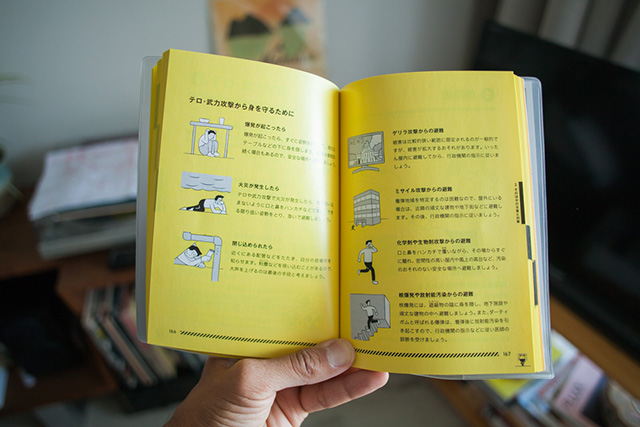
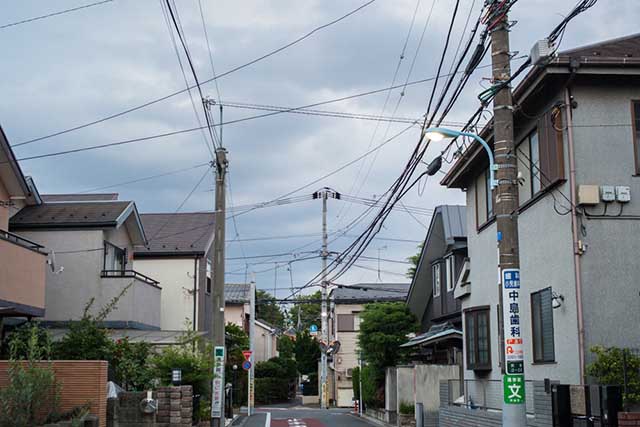
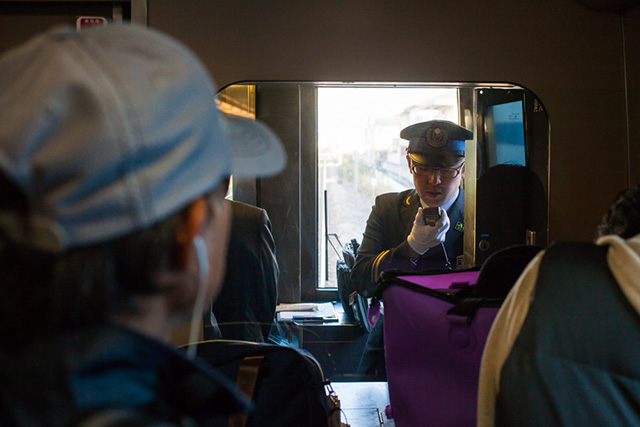
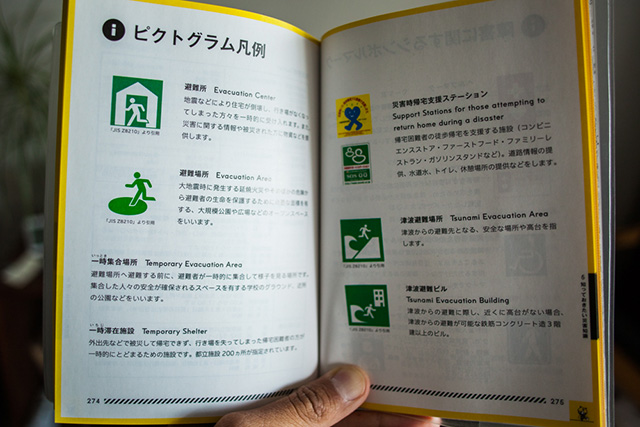
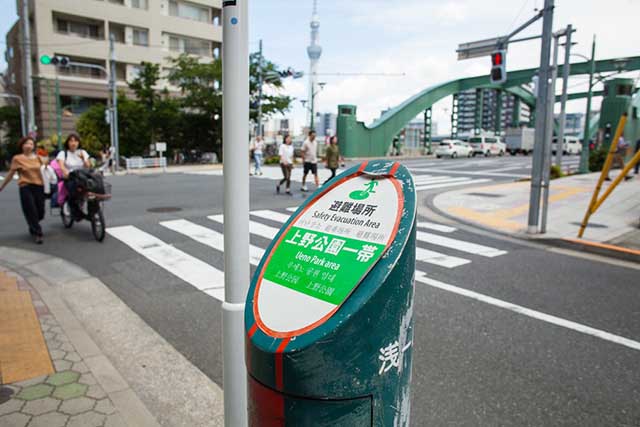

 Go here
Go here










